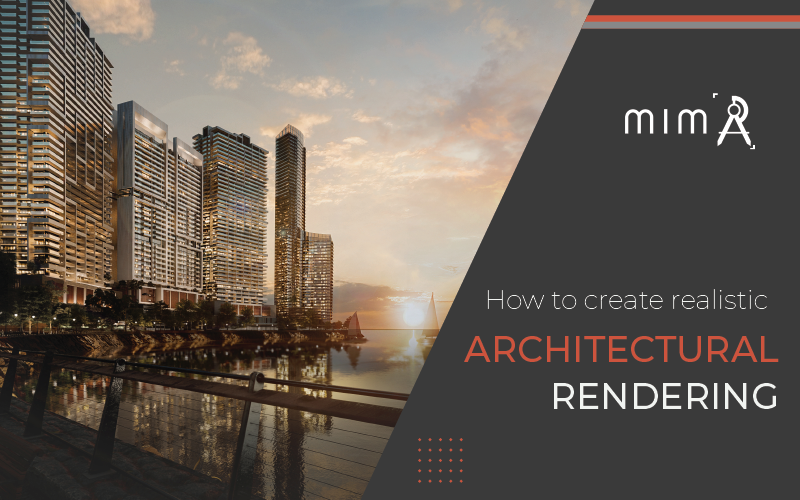
When developing architecture projects, it is important to create a simple concept design at the beginning. 3D realistic architectural renderings are helpful in determining the size of your building, its design, and the style you want to use.
A rendering is a three-dimensional digital representation of a proposed layout and building design (or it can be a model of a real-life building). Using 3D visualization, you can plot out the dimensions of your project, including specific design aspects, as a photorealistic image or physical manifestation.
Construction and design projects can be visualized in many ways. Each phase of design enables you to add layers to your architectural layout, which eventually becomes a working model that will allow you to envision the extent of a building. It only takes a 3D rendering company to perfect your 3D visualization. In general, there are three types of realistic architectural renderings:
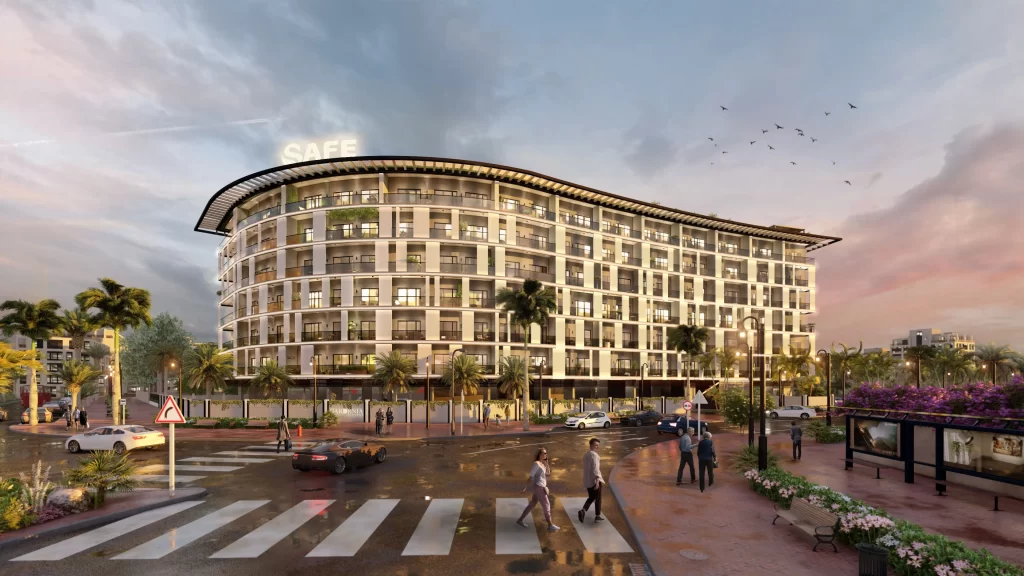
The angle of view is taken from outside the building for an exterior rendering. You can include nearby buildings or greenery to give a more realistic feeling of space and environment. Real estate builders and marketers count on exterior renderings because they permit clients to visualize a building’s natural surroundings.
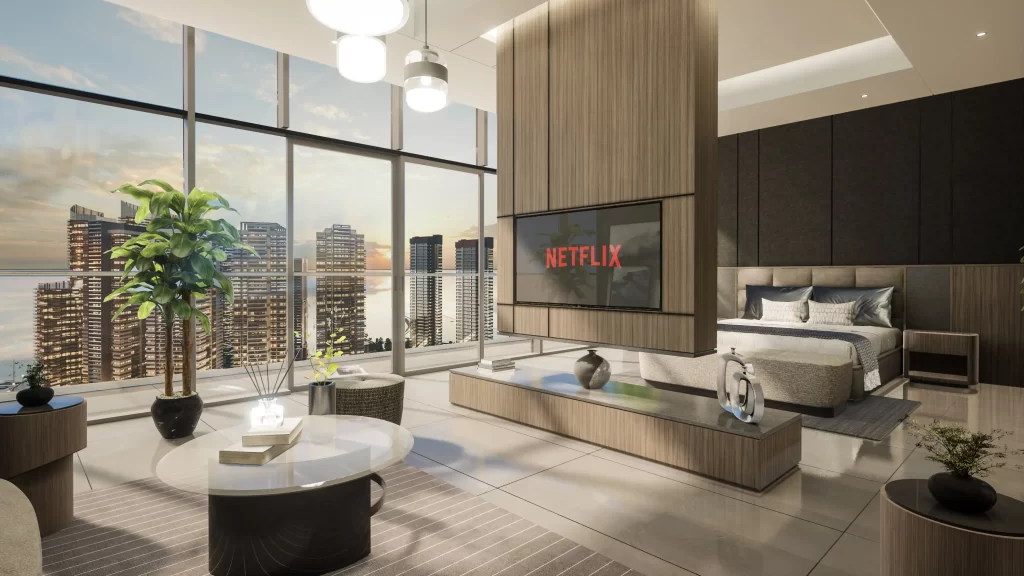 Prospective buyers can take virtual reality walkthrough a property by using 3D animation software. Those who are looking to sell real estate or who are interior designers can benefit significantly from interior renderings. Real-time virtual tours let buyers experience a space first-hand.
Prospective buyers can take virtual reality walkthrough a property by using 3D animation software. Those who are looking to sell real estate or who are interior designers can benefit significantly from interior renderings. Real-time virtual tours let buyers experience a space first-hand.
Discover the top 7 elements and components of interior design.
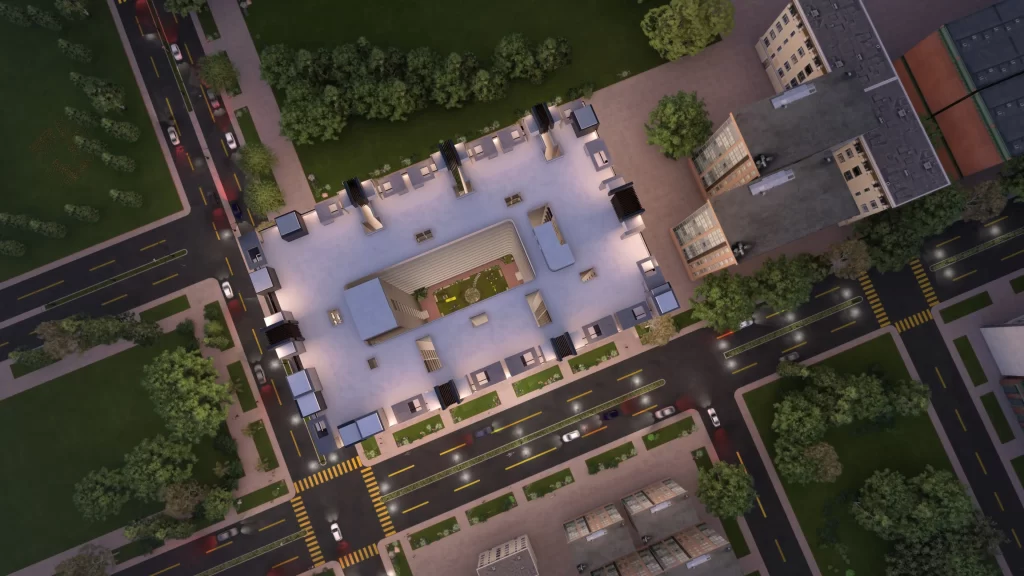 You can see an aerial rendering from above to get an idea of the building’s appearance in the neighbourhood and how it mixes in with the other nearby buildings.
You can see an aerial rendering from above to get an idea of the building’s appearance in the neighbourhood and how it mixes in with the other nearby buildings.
A rendering of an architectural project includes the following components:
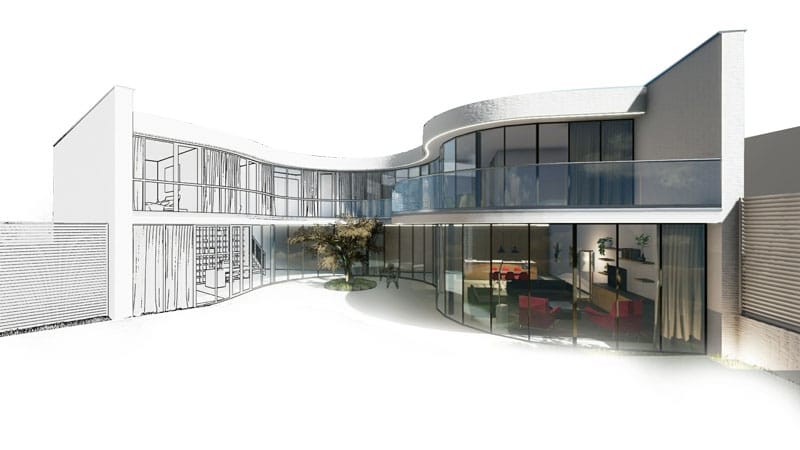 When you put a lot of effort into a file, you may discover the overall picture does not reflect your original idea. Sketching your scene first is not only helpful for visualizing your composition, but it also helps to guide your work. If you keep the sketch in your hand, you can always remember outlining the most important areas of the composition once you stray.
When you put a lot of effort into a file, you may discover the overall picture does not reflect your original idea. Sketching your scene first is not only helpful for visualizing your composition, but it also helps to guide your work. If you keep the sketch in your hand, you can always remember outlining the most important areas of the composition once you stray.
You should have supporting actors on your stage in addition to the main actor if you are planning to create a perfect architectural rendering. As far as supporting actors go, foreground and background play a role. Giving the foreground and background differing light intensities helps you to emphasize the focal point.
You can enhance your rendering by using 3D modeling software. Make your 2D drawing into a 3D model by using software such as SketchUp or Autodesk 3ds Max (or hire a renderer who is experienced in this field). By using a 2D sketch, the measurements and dimensions will be much easier to enter the software.
It is important to use components that populate your scene. Complex and detailed models will make the final 3D rendering more realistic. The presence of furniture and objects with hard or rough geometry destroys the realism of a scene.
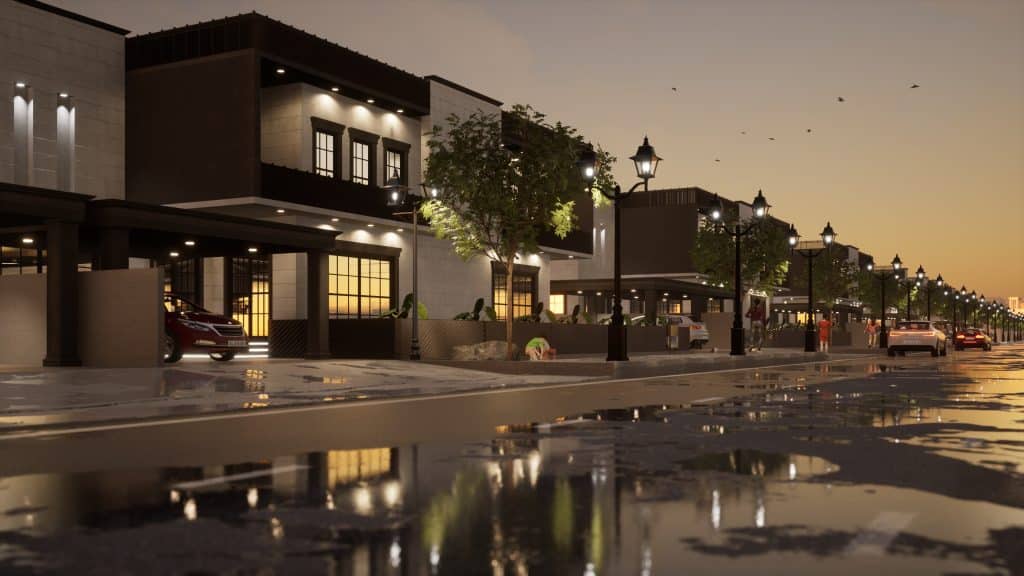 Illumination is another essential element. To achieve good lighting in a scene, a lot of practice and technique are required. Adding lights is not enough; those lights must look real and natural as well. The quality of illumination determines whether a rendering is average or good.
Illumination is another essential element. To achieve good lighting in a scene, a lot of practice and technique are required. Adding lights is not enough; those lights must look real and natural as well. The quality of illumination determines whether a rendering is average or good.
Here is all you need to know about 3D architectural visualization.
We discussed several tips and best practices to help you create more inspiring and realistic architectural renderings. If you have any questions, why not ask a professional? Get in touch with the experts at mimAR for the best architectural design services.
Note: mimAR is a 3d architectural visualization company based in Islamabad, Pakistan. You can rely on our qualified and experienced Architects to guide you throughout the planning process to ensure you have an outcome that is a perfect match for your vision.